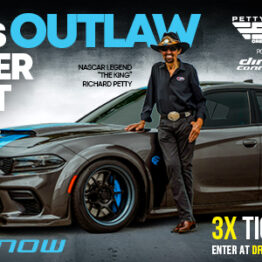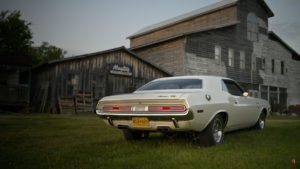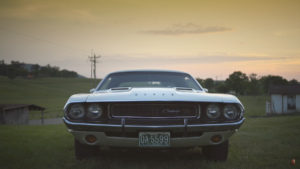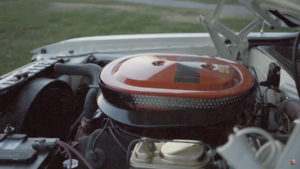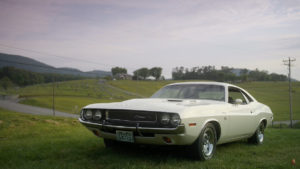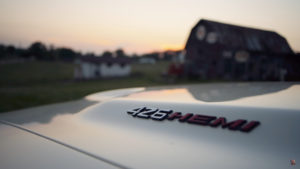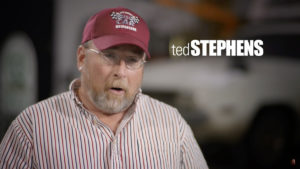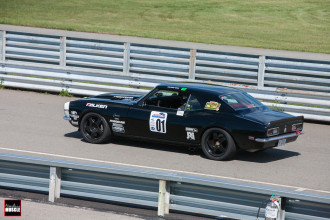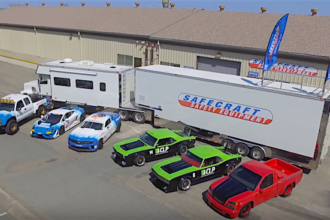The late-1960s and early-1970s was a turbulent time in America; the culture was changing, free love was rampant and pre-emissions performance was at its peak. All of the Big Three and AMC were pumping out large-displacement, unrestricted muscle cars that far exceeded their predeccessors from just a decade earlier.
During their reign on the streets and on the sales floors, Hollywood pumped out quite a few movies from that time that inspired many a muscle car enthusiast, spanning multiple generations. One of which, is the 1971 film, Vanishing Point.
Vanishing Point was part road-trip movie, part car chase flick and part drug-infused hippie culture film. If you’re not a car guy or someone who lived through that particular era, you may not get the premise of the film — but it was a terrific representation of where our country was at spiritually, politically and culturally at that point in time.
The plot, was Barry Newman playing the lead role of “Kowalski,” a speed-addicted car delivery driver who had made a bet with a friend. The bet, was to drive an allegedly supercharged, 440-powered ’70 Challenger R/T from Denver to San Francisco — in roughly fifteen hours. It’s a distance of 1,255 miles, and normally takes just under 19-hours in modern conditions.
Sidetracked by hitchhikers, police, a random highway racer in an E-Type and a nude woman on a motorcycle, Kowalski sees the western seaboard of the United States at 100 mph. Human distractions aside, he also manages to get lost in the desert, runs out of gas and has a run-in with some free love hippies. It all comes to a crashing end, literally, in the film’s final scene but the film leaves a lasting impression.
Fast-forward to today, and we get a glimpse of one of the alleged Challengers used in the movie, currently owned by Ted Stephens. Filmed and documented by theAFICIONAUTO, this Hemi-powered Challenger is well documented and beautifully restored. To its owner, Vanishing Point was all about the car. To others, the film has different meanings. Either way, there’s no denying the car’s significance to the movie and its impact on car culture. Check outage cli above to get a deeper look at the car that’s influenced many.

Rick Seitz is the owner and founder of AutoCentric Media, the parent company to Timeless MuscleCar Magazine, and has a true love and passion for all vehicles. When he isn’t tuning, testing, or competing with the magazine’s current crop of project vehicles, he’s busy tinkering and planning the next round modifications for his own cars.

